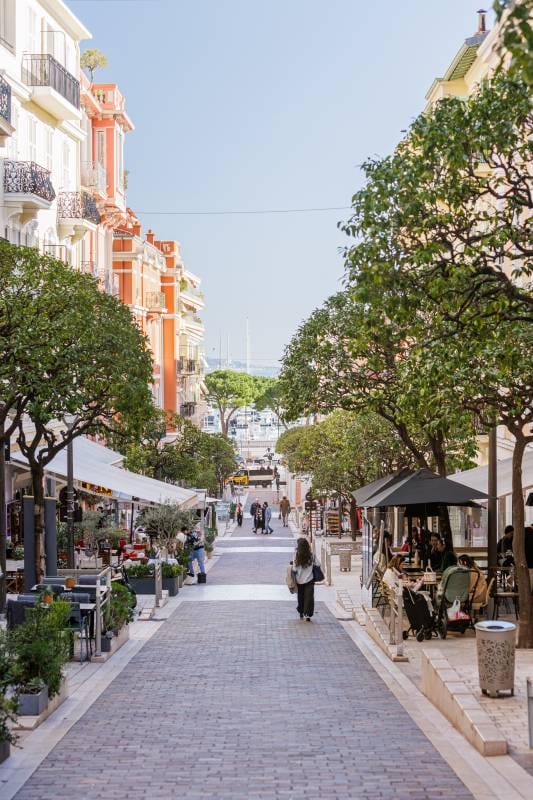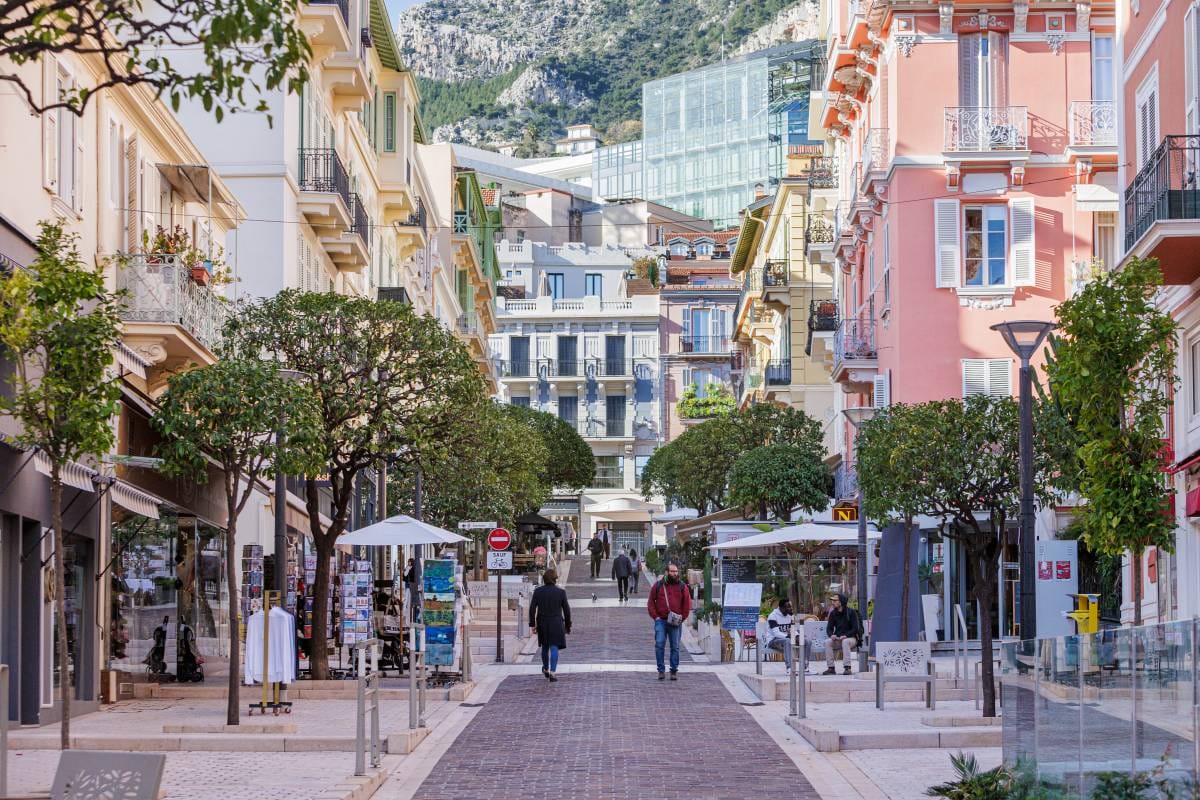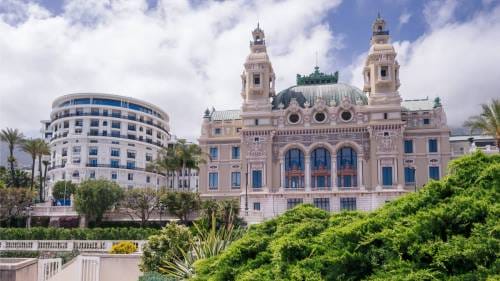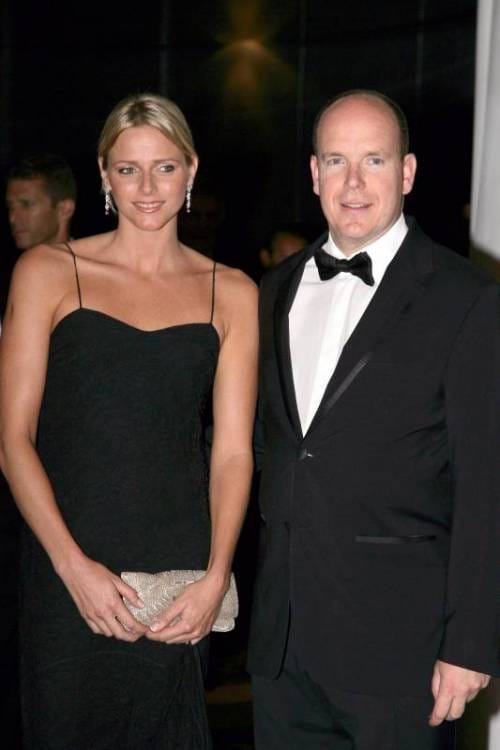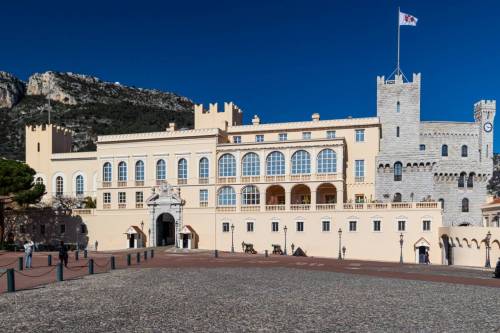Do you know the history of Princess Caroline Street? Restored ten years ago and rising at a 5.5% gradient, it is now one of the Principality’s main arteries. Even local Monegasques are likely to say that it owes its name to the elder sister of the reigning Prince Albert II. But which of the Grimaldis was it actually named after? To answer this historical question, let’s go back to the late 19th century to find out who was this outstanding woman.

An actress
“Princess Caroline Street” was officially registered by a sovereign decree of July 4, 1876. And the princess it is named after is Caroline Gibert de Lametz (1793–1879), mother of Prince Charles III, grandmother of Prince Albert I. It must be said that this princess holds a special place in the history of Monaco. Having no actual political power, she was a strong influence behind both her husband Florestan I and her son Charles III.
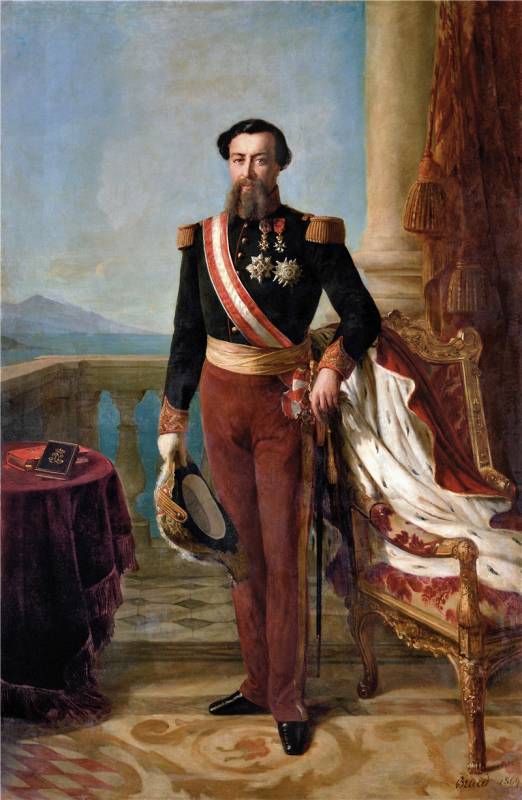
Biological daughter of Charles-Thomas Gibert, following her parents’ divorce, Caroline was adopted by Knight of the Empire and the Legion of Honour, Antoine Rouyer de Lametz. On November 27, 1816, she got married to Florestan Grimaldi. They had two children: a son, Karl (Charles), born in 1818, and a daughter, Florestine, born in 1833. Caroline and Florestan had roles at the Parisian Ambigu-Comique theatre, Florestan following his passion with acting, with nothing there foreshadowing their significant role in the Principality’s history.
A spouse of the Sovereign Prince
Anything but ready to take on the role of a ruling sovereign, Florestan had to ascend the throne in 1841 after his elder brother, Honoré V, had suddenly passed away. Moving to Monaco was a drastic change. A goodbye had to be said to a peaceful Parisian life whilst the most alarming situation was awaiting the princely couple in Monaco. Fighting extreme poverty from the inside and opposing Sardinia, seeking to annex the Principality, from the outside.
The chronicles of those days describe Caroline as a shrewd businesswoman skillfully managing both her family duties and the entire country. Gifted with an extraordinary intelligence and excellent social skills, Florestan’s wife actually focused much power in her hands. To save the Principality from its dire state, it took an extraordinary political talent. Introducing tax reform, Princess Caroline managed to somewhat alleviate the economic crisis arising from the Congress of Vienna proclaiming Monaco a Sardinian, rather than a French protectorate.
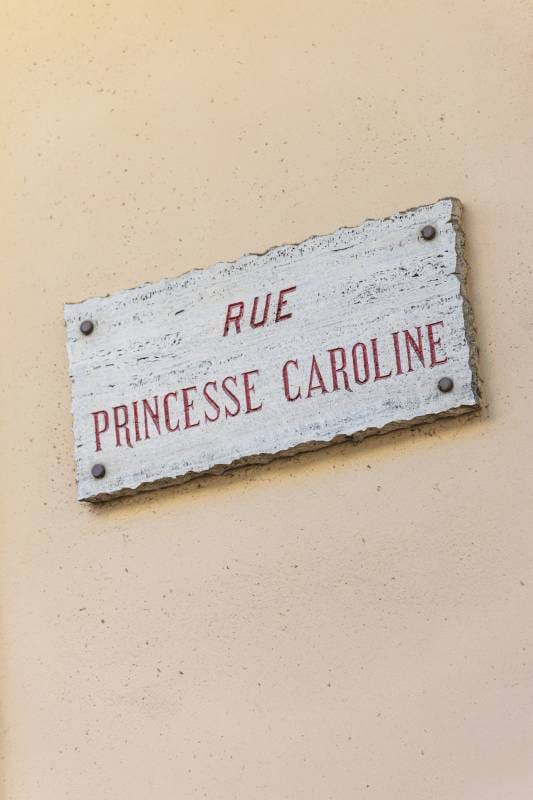
A visionary business leader
Caroline Gibert de Lametz played a huge role in the life of Monaco. By 1856, when her son Charles became the Prince, things were not going well for the Principality: its population was unhappy with their poverty, most of its territories, in particular, the rebellious cities of Roquebrune and Menton, had long been out of control, the country was actually on the verge of bankruptcy. So Caroline suggested to her son to legalize gambling, which was prohibited in many European countries, but was very popular in Homburg and Baden-Baden.
The same year, the first gambling hall opened in the Villa Bellevue in the Condamine district. To maintain its reputation and avoid the discontent of moralists, the casino was opened far outside the city centre. However, the business did not bring in the expected profits. Next year another casino opened in the Vielle Ville, right in front of the Princely Palace, but the good location had not helped…
Finally mother and son realized that it was all about savvy business management. That’s when they had the bright idea of inviting the “Wizard of Homburg”, François Blanc. His entreprenerial spirit had already transformed a heavily indebted German town into a prosperous resort and they were hoping the same for the Principality. Following the sovereign decree of April 2, 1863, Blanc received a 50-year concession for operating the casino and managing its gambling activities. He was to pay a total of 1.7 million francs, an annual fee of 50.000 francs and 10 % of his net profit.
Monaco rapidly became a popular holiday destination for the European elite. Money was flowing in like a river. In 1869 — only six years later! — Prince Charles III exempted his subjects from income tax.
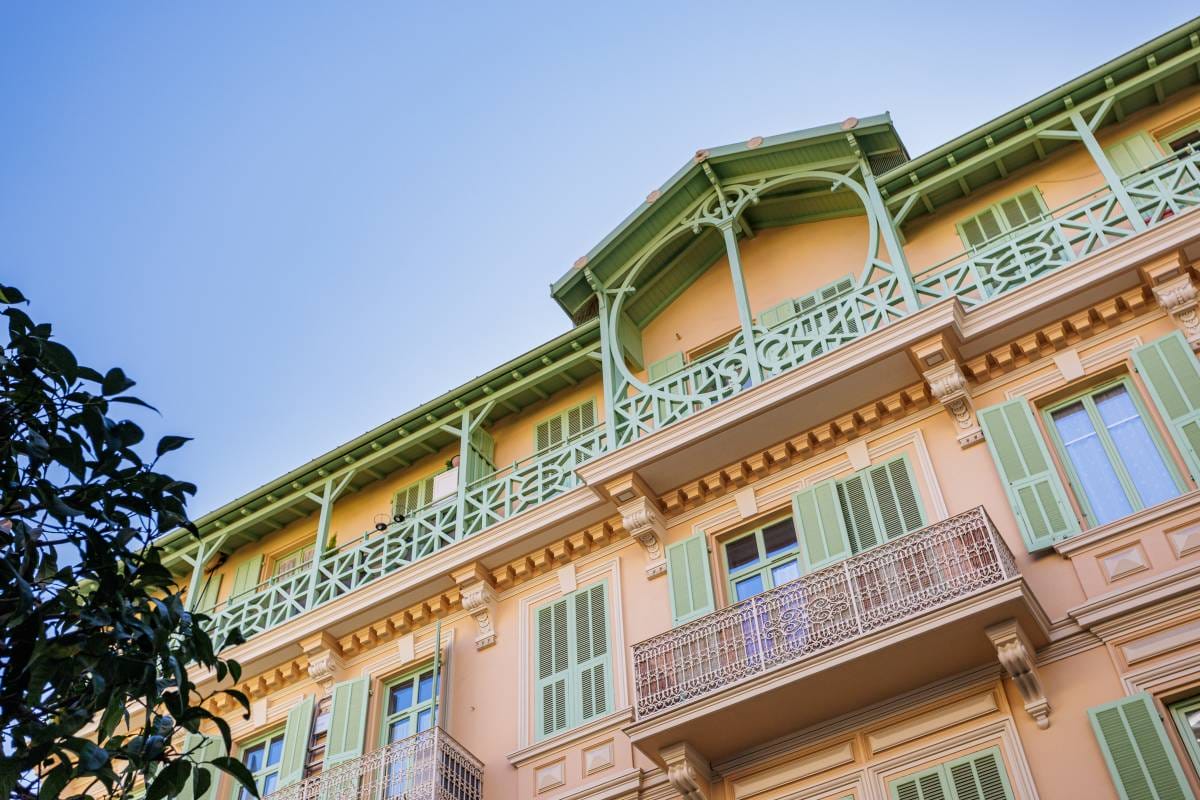
The Princesse-Mère
As the Archives of Monaco go, with the Principality getting more and more prosperous, Princess Caroline gradually withdrew from the public eye. She gave her son Charles a chance to rule the country as the sovereign would see fit. Moreover, in 1866, when the Monte-Carlo district was founded, she was already over seventy. The Monegasques loved Caroline and respectfully called her The Princesse-Mère (Princess Mother). Caroline had a chance to know her great-grandson Louis, the future Prince Louis II, and died on November 25, 1879, at 86 years old, a very respectable age for the 19th century. Her death was sincerely mourned by the entire Principality.
